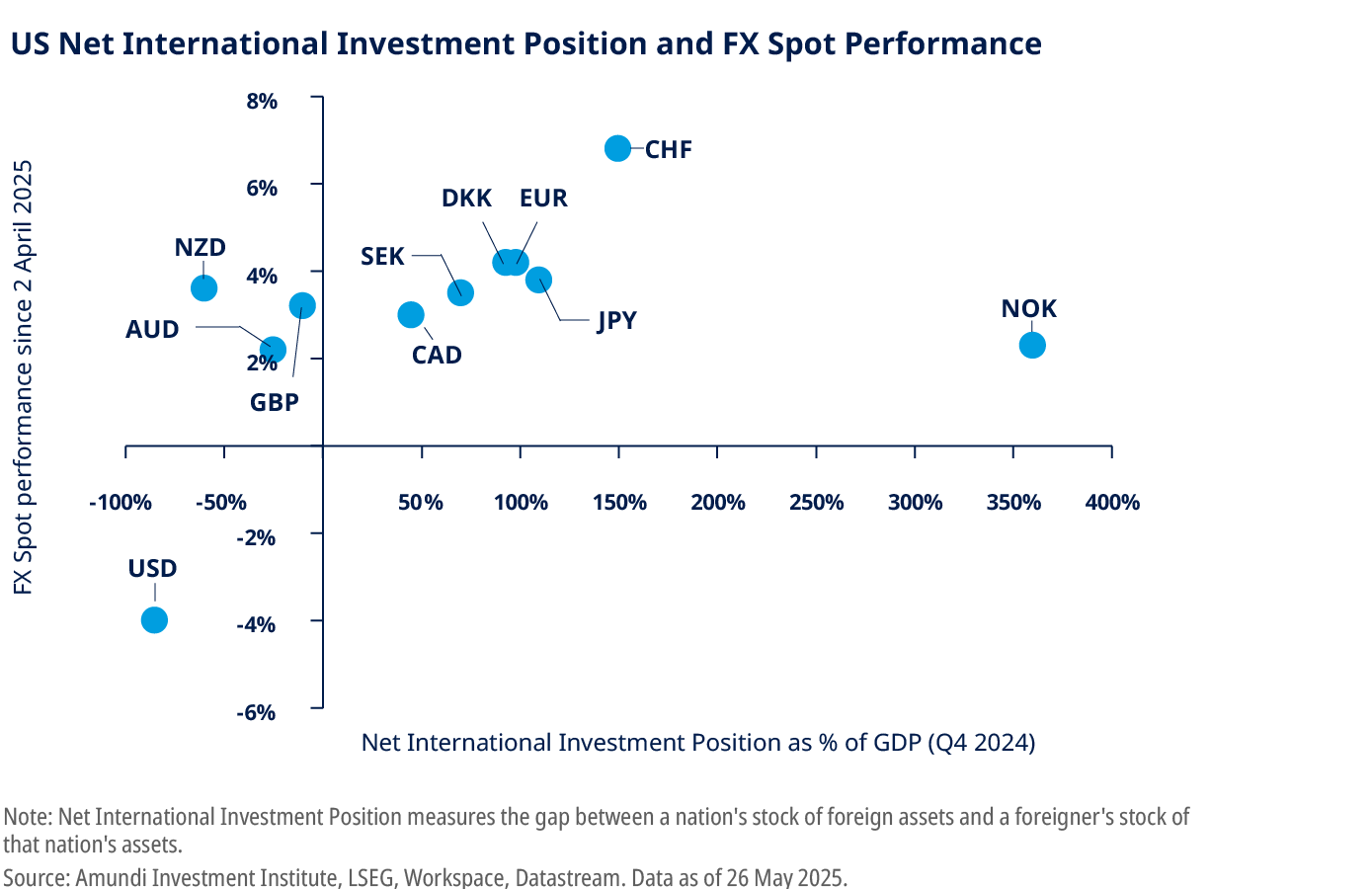Tipping point for fixed income

In a nutshell

Government bond markets are being rattled by the threat of higher debt and rising inflation fears, keeping volatility high. Investors are likely to demand greater compensation for long-dated bonds, making yields appealing. The name of the game will be diversifying away from the US and into European and emerging market bonds.









*Diversification does not guarantee a profit or protect against a loss.
All opinions and estimates are subject to change without notice.
Source: Amundi Investment Institute, Mid-Year Outlook - Ride the policy noise and shifts, June 2025.
Marketing material for professional investors only
Unless otherwise stated, all information contained in this document is from Amundi Asset Management S.A.S. and is as of September 2025. Diversification does not guarantee a profit or protect against a loss. The views expressed regarding market and economic trends are those of the author and not necessarily Amundi Asset Management S.A.S. and are subject to change at any time based on market and other conditions, and there can be no assurance that countries, markets or sectors will perform as expected. These views should not be relied upon as investment advice, a security recommendation, or as an indication of trading for any Amundi product. This material does not constitute an offer or solicitation to buy or sell any security, fund units or services. Investment involves risks, including market, political, liquidity and currency risks. Past performance is not a guarantee or indicative of future results.
Date of first use: September 2025
Doc ID: 4744936